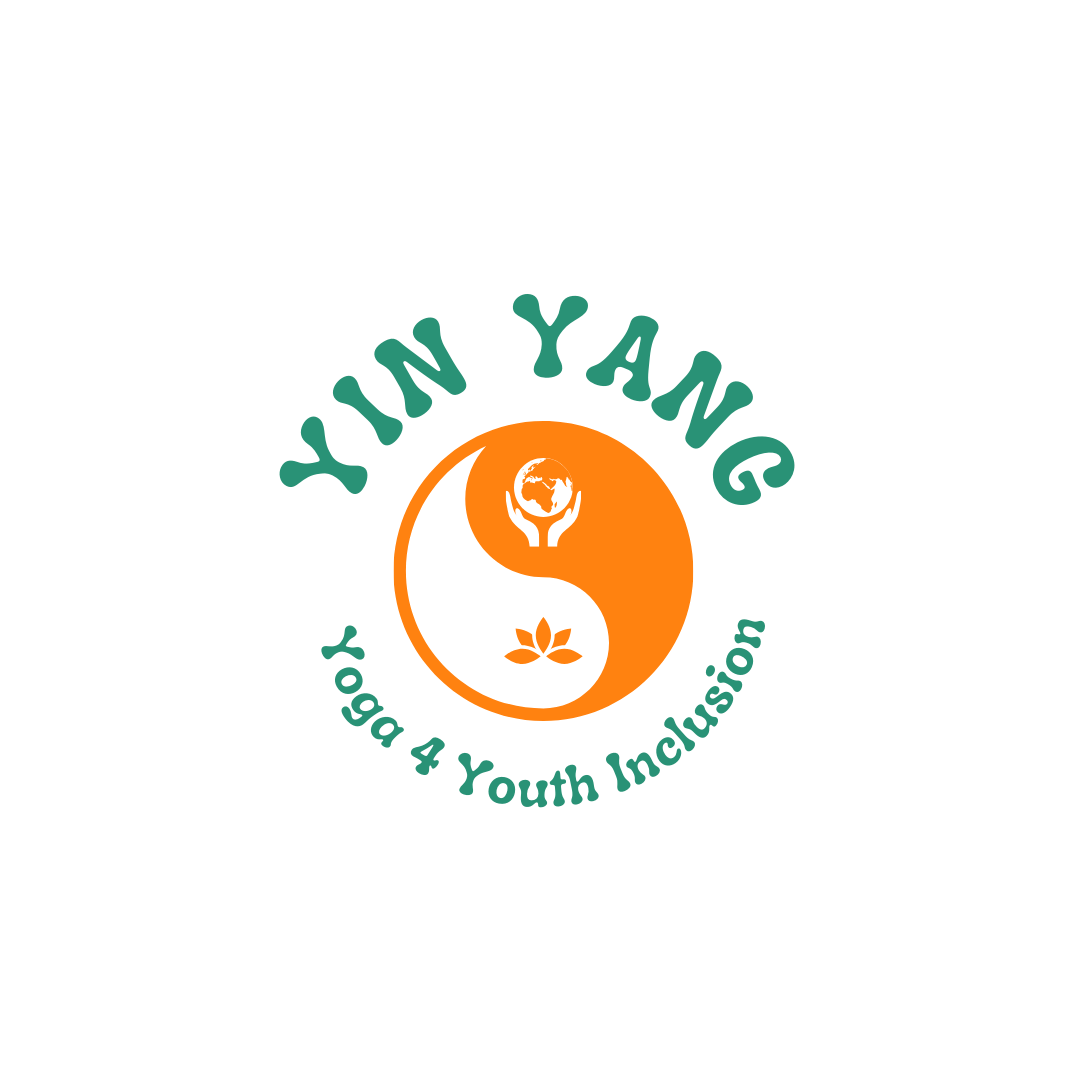Pranayama
Pranayama Techinques
– Simply observing the breath
Laying on the back, place the hands over the navel and simply observe the movement that the passage of the air induce in the body.
Move your hands on the sides of the rib cage and notice the movement
Place your hands above on the upper chest, above the sternum and notice the difference in the movement
– Microcosmic Pranayama (1):
inhale visualizing the front of the body and the spine, starting from the pelvic floor, up to the crown of the head; exhale visualizing the back of the body, follow the air all through the spine, down to the pelvic floor.

– Microcosmic Pranayama (2):
inhale visualizing the back of the body and the spine, starting from the pelvic floor, up to the crown of the head; exhale visualizing the front of the body, follow the air all through the spine, down to the pelvic floor.

– Chandra Bedana Pranayama:
chandra = moon; cold, low, quiet energy; LEFT NOSTRIL. Inhaling and exhaling only through the left nostril.
– Surya Bedana Pranayama:
surya = sun; hot, high, strong energy; RIGHT NOSTRIL. Inhaling and exhaling only trhough the right nostril.
– Nadi Shodana Pranayama:
alternate nostril breathing. Inhale through the left nostril, exhale through the right, again inhale through the right and exhale through the left. This is one cycle of alternate nostril pranayama (Nadi Shodana). With advanced practitioners it’s possible to add breath ritentions (kumbhaka). Allowes the body and the bind to find balance.
– Partner Pranayama:
1) sitting facing each other, place the palms of your hands on those of your partner and try to perceive the breathing and synchronize it, until the breathing becomes as if it were one.
2) sit with your legs crossed with your back leaning against your partner’s. Again bring your attention to the other person’s breathing, try to make the breathing even
3) still sitting with your back against your partner’s, join the palms of your hands by crossing your fingers: inhale, raise your arms above your head, exhale, bring your hands back to the sides of your body. Repeat a few times, feel your partner’s breathing. It allows participants to relate to each other, to feel their presence, to begin to understand differences and respect them.
– Viloma pranayama:
inhale in 1 time, exhale 1 (inh pause/exh); inhale 2 times exhale 1 (inh pause, inh pause/exh); inhale 3 times exhale 1 (inh pause, inh pause, inh pause/exh). Repeat 1 or 2 more times. Improves control of your breath and movement of air within your body. Helps cooling down after an energizing activity. Helps to relieve anxiety.
– Square breathing:
it is helpful to keep a quiet and concentrated mind, allowing to face difficult circumstances: inhale 4, hold the breath for 4, exhale 4, again hold for 4 (min 6 repetitions). Lengthening the exhalation brings a stronger parasympathetic system response:

– Resonant Breathing:
is a way of breathing (slow relaxed diaphragmatic breathing at around 3-7 breaths per minute) that has a regulating effect on the autonomic nervous system and other key body systems such as the circulatory system. This type of breathing, (when practiced for a period of time and in the right conditions), calms the body’s fight and flight response, increases the activity of the parasympathetic nervous system and the vagus nerve. Inhale 6 – exhale 6 (one useful tool is The Breathing App)
– Breathing 4-7-8:
inhale through the nose for a count of 4; hold the breath for 7; exhale fully through the mouth making the sound sssssshhhh. Reapeat for at least 4 times. This technique was brought to notice by the Dr. Andrew Weil, it induces a deep state of relaxation.
